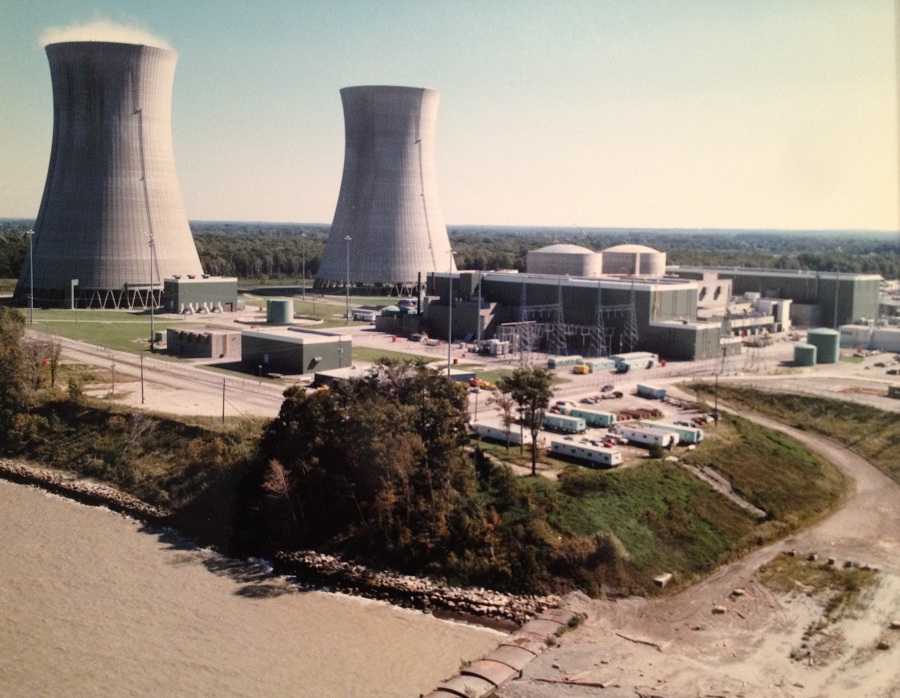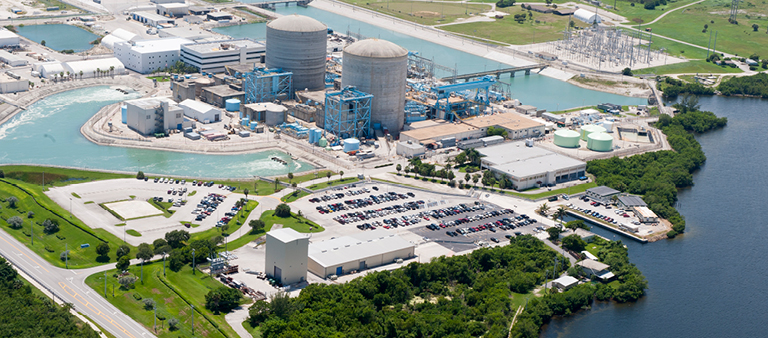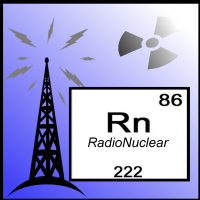Used Nuclear Fuel Transport, Disposal - Where to Now?
A packed room was on hand for this morning's panel session on Used Nuclear Fuel Management, and following the interesting presentations by several speakers the crowd took part in an energetic and, at some times, lively discussion on where we are as a nation and as an industry on the issues of storage of used fuel and the potential for creation of storage or even, possibly, a repository. Given the present political environment, there's motion on the latter, which led to some of the liveliness of the discussion. We'll give just some of the remarks made by presenters below.




